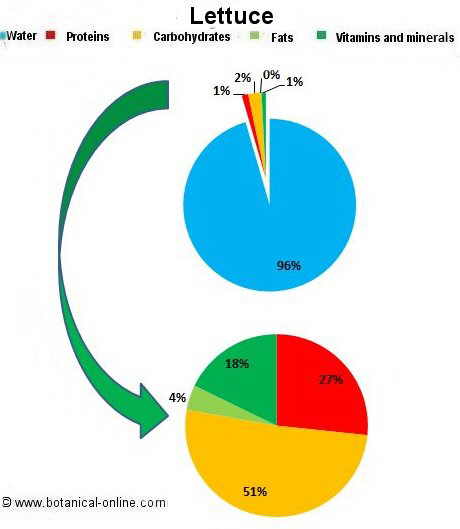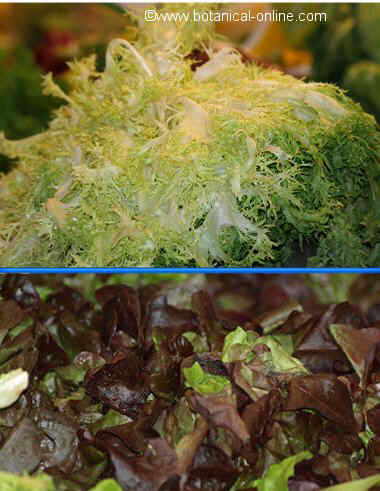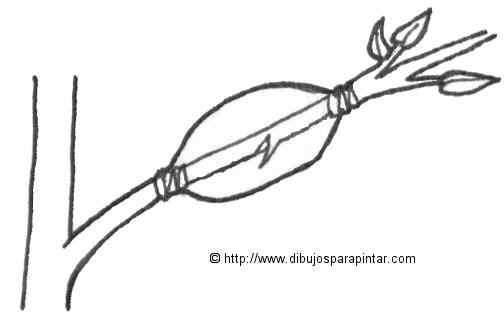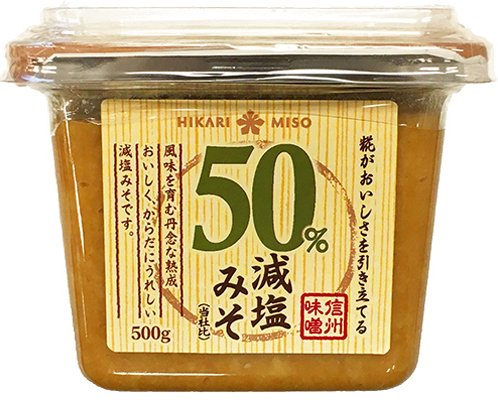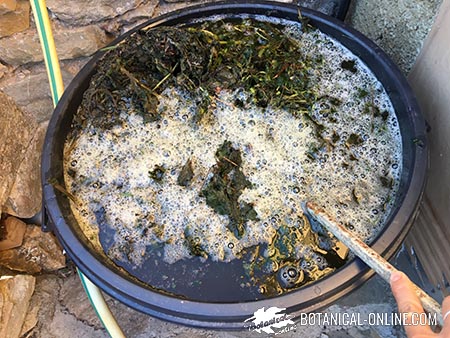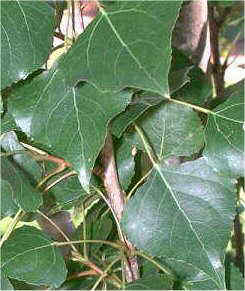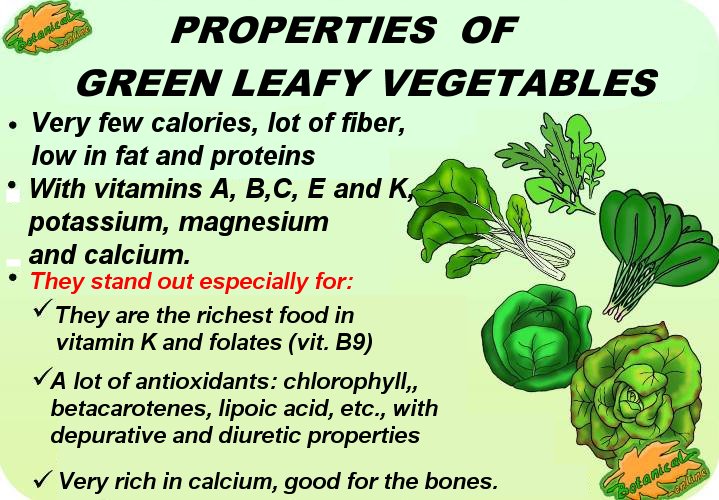Contents
Nutritional properties of lettuce
EDIBLE BENEFITS OF LETTUCE
What are lettuces?
Lettuce (Lactuca sativa ) is a vegetable.
It consists of a long or rounded leaves depending on the variety.
Its color varies from yellow or almost white to deep green or even bluish or brown.
They have a mild flavor, but sometimes it’s a little bitter.
What are the lettuce main nutrients? Lettuce composition
As an energy source, 100 grams of lettuce provide 13 kilocalories.
Their proportion of nutrients are divided into:
More than 95% is water.
0.2% fat.
About 1.2% of proteins.
Nearly 2.3% of carbohydrates.
1% fiber.
Main minerals of lettuce
Lettuce is a vegetable rich in potassium and calcium.
Vitamins of lettuce
Lettuce is rich in vitamin A and vitamin C.
Nutritional characteristics of lettuce
Lettuce has a very high water content.
It gives us very little energy.
It contains little fat, but of high quality and with many health benefits.
It has a low protein content.
It is low in carbohydrates, especially starches.
It has a high fiber content.
It helps to remove toxins from our body, because it contains potassium.
Because of its calcium content, it maintains the balance of the formation of strong bones.
It protects the skin and helps keep it healthy, because of vitamin A.
It protects us from colds and helps heal wounds, because it contains vitamin C.
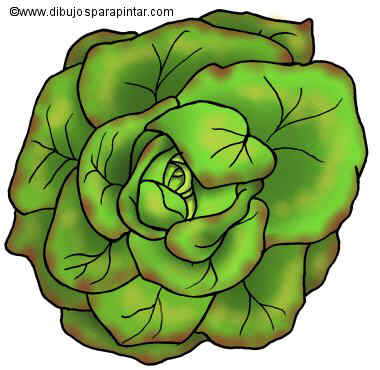
A drawing of lettuce (More food drawings)
Lettuce in the kitchen:
![]() More information on other foods and nutrition
More information on other foods and nutrition
| *Related information: More information about lettuce |


